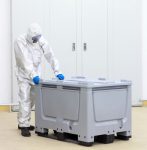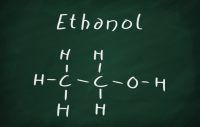New Generator Rule = New Labeling and Marking Requirements
The Hazardous Waste Generator Improvements Rule (Rule), finalized on October 28, 2016, will require hazardous waste large quantity generators (LQGs) and small quantity generators (SQGs) to make many changes as to how they manage their hazardous waste. Because the current generator requirements will be in place in most states for months and months to come—that […]









